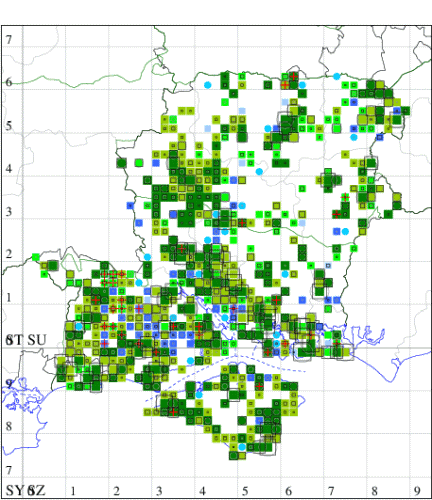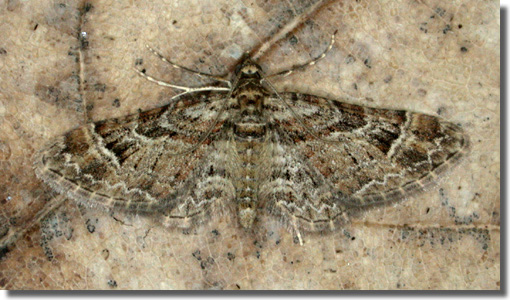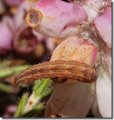Double-striped Pug
Gymnoscelis rufifasciata
Checklist Number70.141 [B&F: 1862]
Verification
Record will be accepted (subject to date and location checks)
Classification
| Family: | Geometridae |
| Subfamily: | Larentiinae (Eupetheciini) |
| Genus: | Gymnoscelis |
| Species: | rufifasciata |
| Authority: | (Haworth, 1809) |
Common in parks, gardens, hedgerows, roadside verges, heathland, moorland and woodland throughout the British Isles. Widespread and very common in Hampshire and on the Isle of Wight. Wingspan 15-19 mm. Straightforward to identify, a good diagnostic feature is the strength of the two forewing fasciae, which are heavy in the costal half, and faint in the dorsal half. Larva feeds on the foliage of woody plants such as Holly, Ivy, Gorse, Broom, Heather, Rowan and Traveller's-joy, over-wintering as a pupa.


The abundance in each month is indicated as follows:
 No records
No records Very occasional
Very occasional Irregular
Irregular Uncommon
Uncommon Off-peak, but not unusual
Off-peak, but not unusual Off-peak, but not unusual
Off-peak, but not unusual Main flight time
Main flight time| J | F | M | A | M | J | J | A | S | O | N | D | |
|---|---|---|---|---|---|---|---|---|---|---|---|---|
| Adult |  |  |  |  |  |  |  |  |  |  |  |  |
| Larval |  |  |  |  |  |  |  |  |  |  |  |  |










